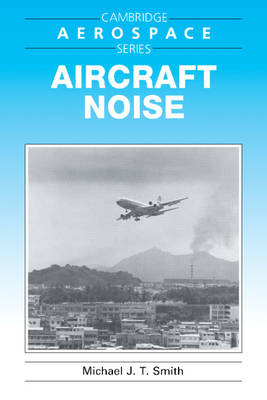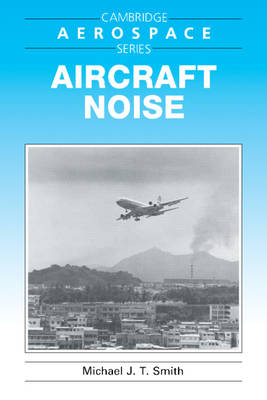
- Afhalen na 1 uur in een winkel met voorraad
- Gratis thuislevering in België vanaf € 30
- Ruim aanbod met 7 miljoen producten
- Afhalen na 1 uur in een winkel met voorraad
- Gratis thuislevering in België vanaf € 30
- Ruim aanbod met 7 miljoen producten
Zoeken
€ 149,95
+ 299 punten
Omschrijving
Aircraft Noise traces the origins of this problem to the introduction of the jet engine into the airline fleet in the late 1950s and describes the legal restrictions now placed on the industry. It explains the derivation of the special noise units and assessment scales now used around the world; noise exposure modeling and forecasting; the major sources of aircraft noise and their control; and noise measurement and prediction, including contours. Finally, it offers a forecast for the future and recommends changes to the established legal structures to aid control of the problem into the next century. In addition to reviewing the sociological aspects, Smith offers a broad understanding of the problem of aircraft noise and its control. The book should appeal to a variety of people including professional engineers, local and national government officers, the air transport business community, lawyers, students, community leaders and those who live near airports.
Specificaties
Betrokkenen
- Auteur(s):
- Uitgeverij:
Inhoud
- Aantal bladzijden:
- 376
- Taal:
- Engels
- Reeks:
- Reeksnummer:
- nr. 3
Eigenschappen
- Productcode (EAN):
- 9780521616997
- Verschijningsdatum:
- 16/12/2004
- Uitvoering:
- Paperback
- Formaat:
- Trade paperback (VS)
- Afmetingen:
- 150 mm x 226 mm
- Gewicht:
- 566 g

Alleen bij Standaard Boekhandel
+ 299 punten op je klantenkaart van Standaard Boekhandel
Beoordelingen
We publiceren alleen reviews die voldoen aan de voorwaarden voor reviews. Bekijk onze voorwaarden voor reviews.











